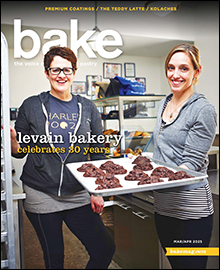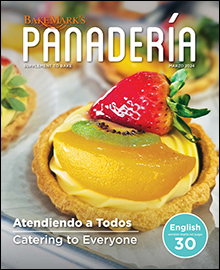Snacking is at an all-time high. In 2015, two-thirds of adults over the age of 18 said they often snack between meals, according to survey data published in the Packaged Facts report “Sweet Baked Goods: U.S. Market Trends.” Approximately 40% of adults said they even swap out traditional meals for snacks throughout the day.
But many grazers aren’t grabbing just junk food. Thirty percent of Americans claimed to typically only snack on healthy foods, and 45% said nutritional value is the most important factor in foods they eat. However, consumers still want to indulge now and then, Packaged Facts said, and when possible they will seek out healthier or better-for-you versions of their favorite sweets.
This desire for sweet treats has driven growth in the packaged sweet baked goods market. Sales reached $20 billion in 2014 and are projected to reach $23 billion in 2019.
Cookies are the preferred indulgent treat of choice, with almost three quarters of U.S. households eating them. Bite-sized varieties have gained traction as more health-conscious consumers gravitate toward minis or portion-controlled sizes.
In this health-focused climate, sweet baked goods manufacturers have an opportunity to draw in consumers, Packaged Facts said. Snackers want treats with less sodium, sugar and fat and eliminate high-fructose corn syrup and trans fats. Products that are more natural, organic and gluten-free are also in high demand, along with products featuring beneficial ingredients such as whole grains, fiber, seeds and fruit.
“The market is mature with growth challenged by health and diet concerns, changing snacking choices and an increasing desire for fresh rather than packaged foods,” said David Sprinkle, research director for Packaged Facts. “But there are opportunities for growth as consumers snack smarter even when indulging by choosing sweet goods designed for ‘grab and go’ snacking or products designed to minimize calorie count without overtly sacrificing the flavors familiar to customers.”





